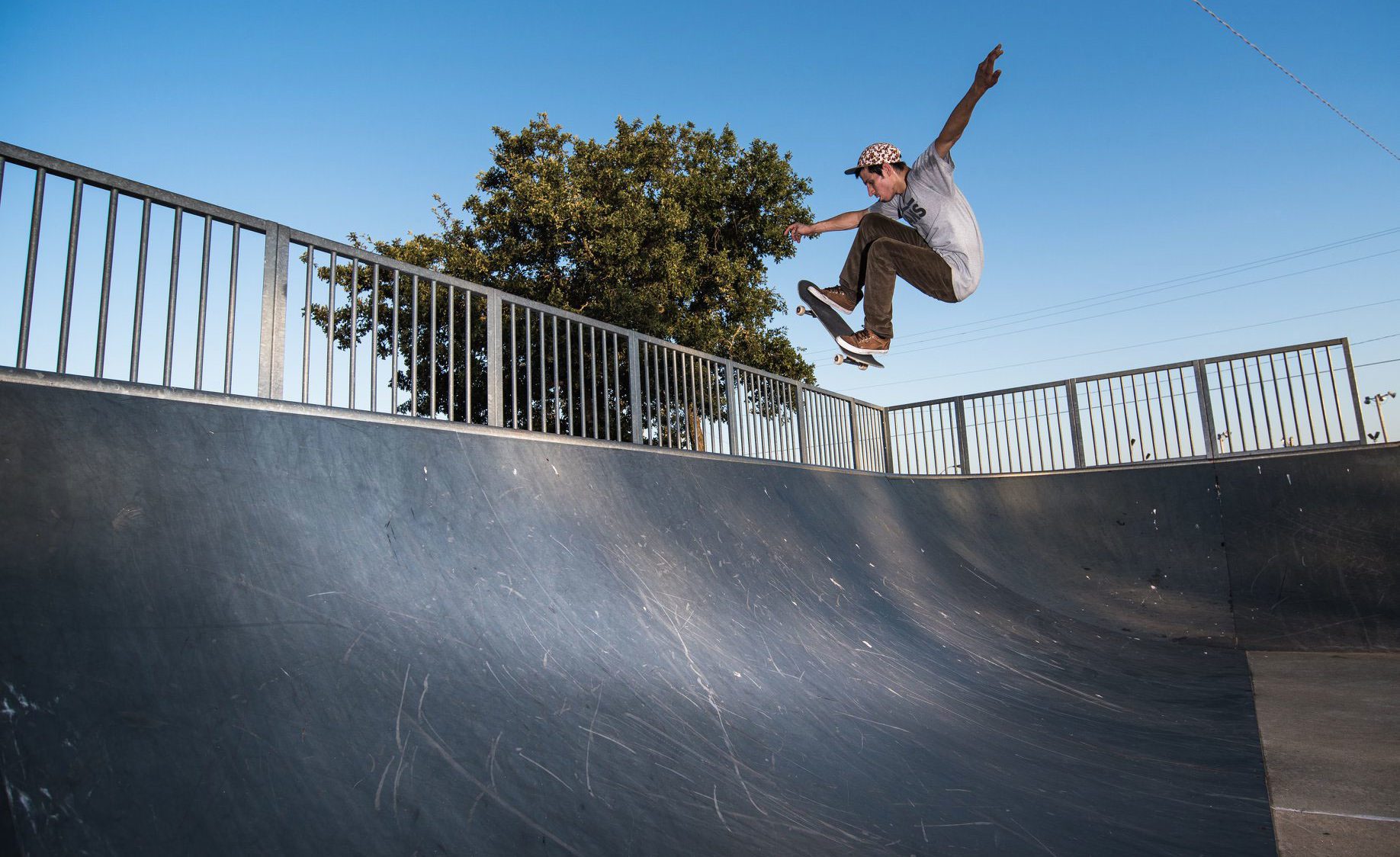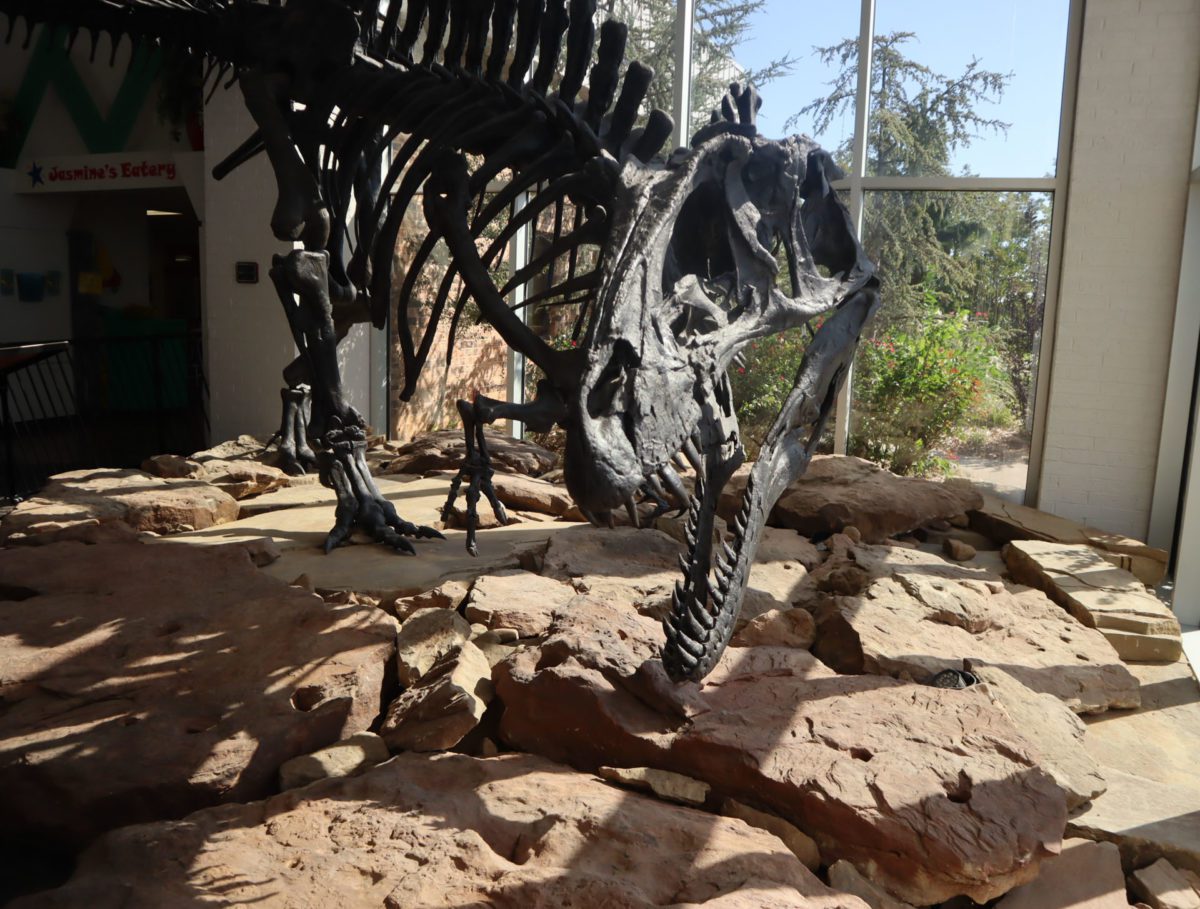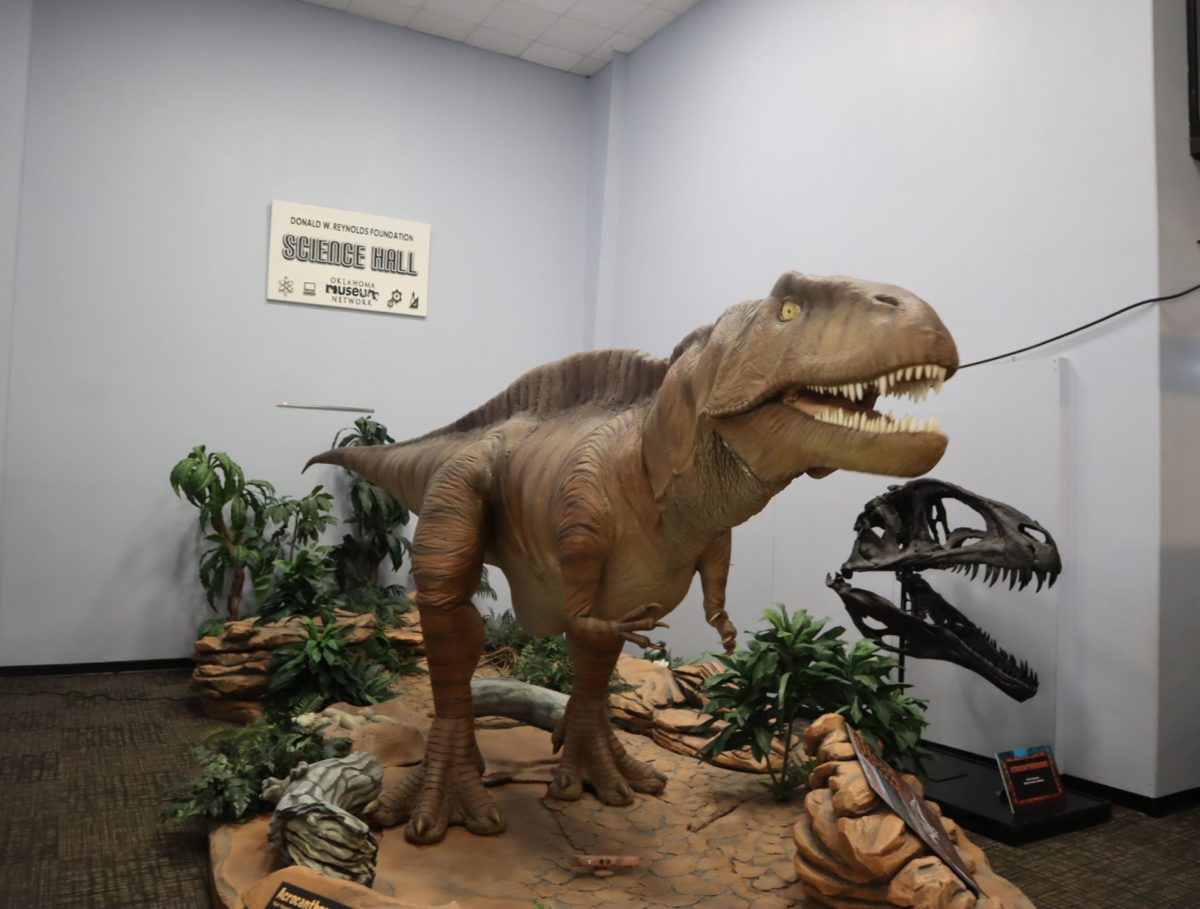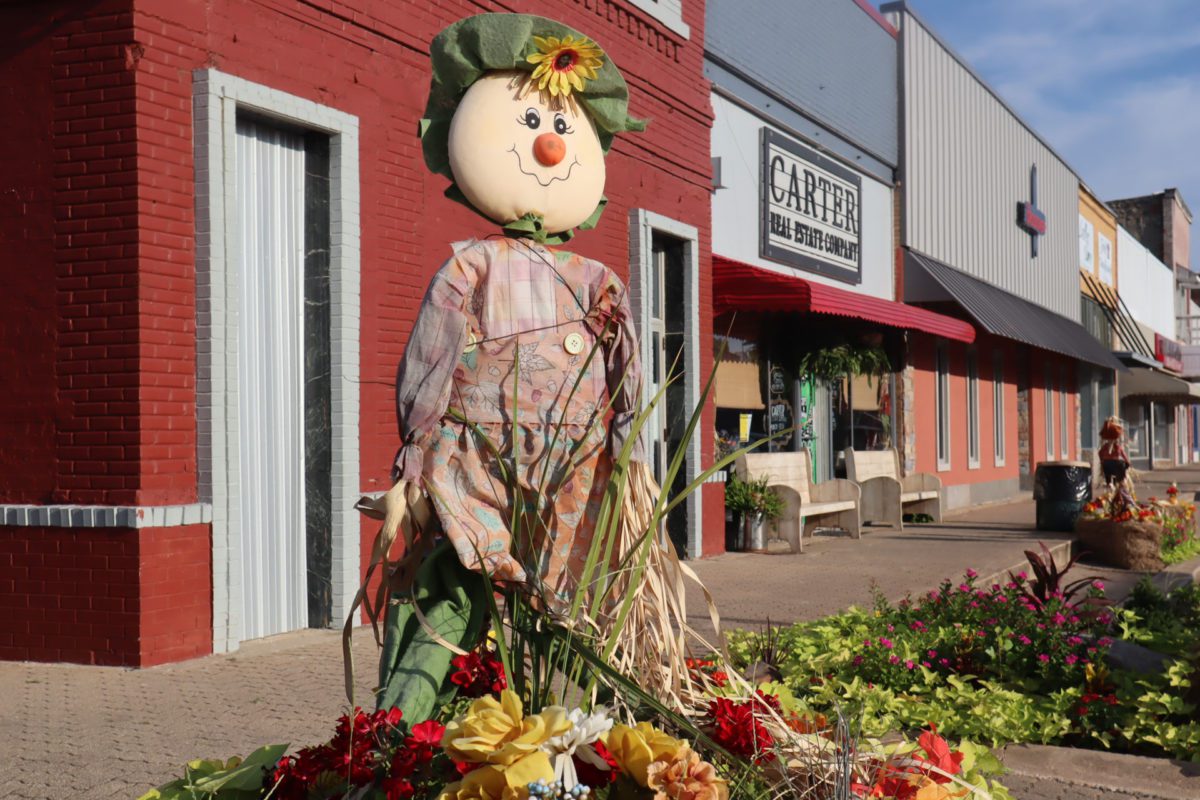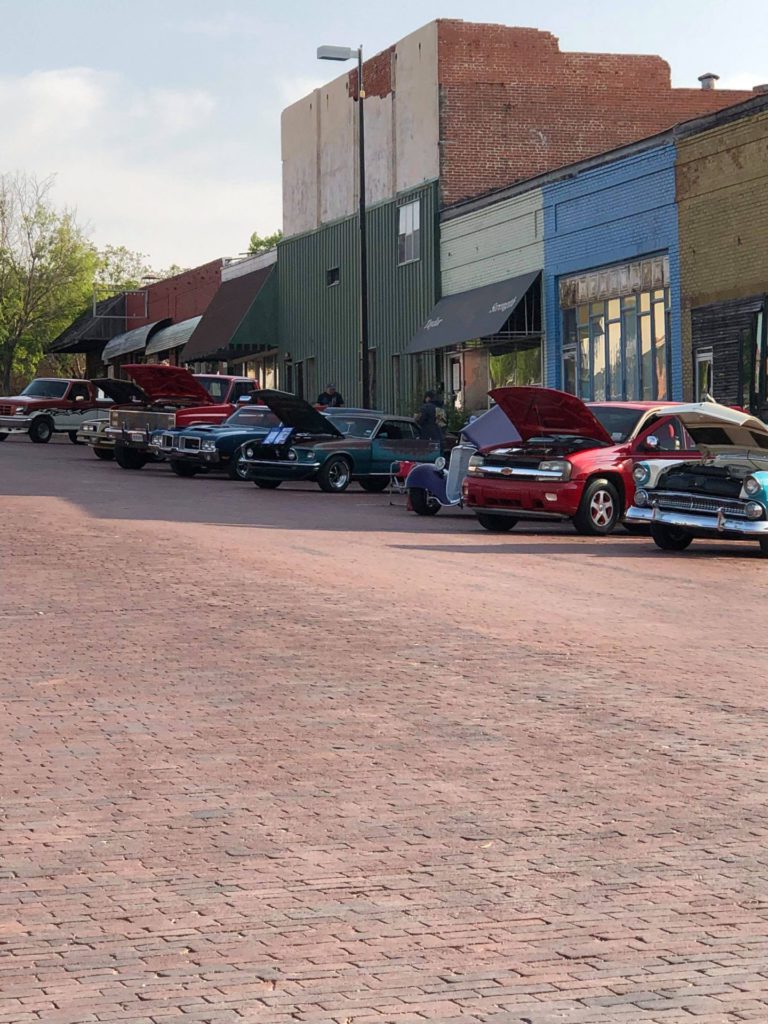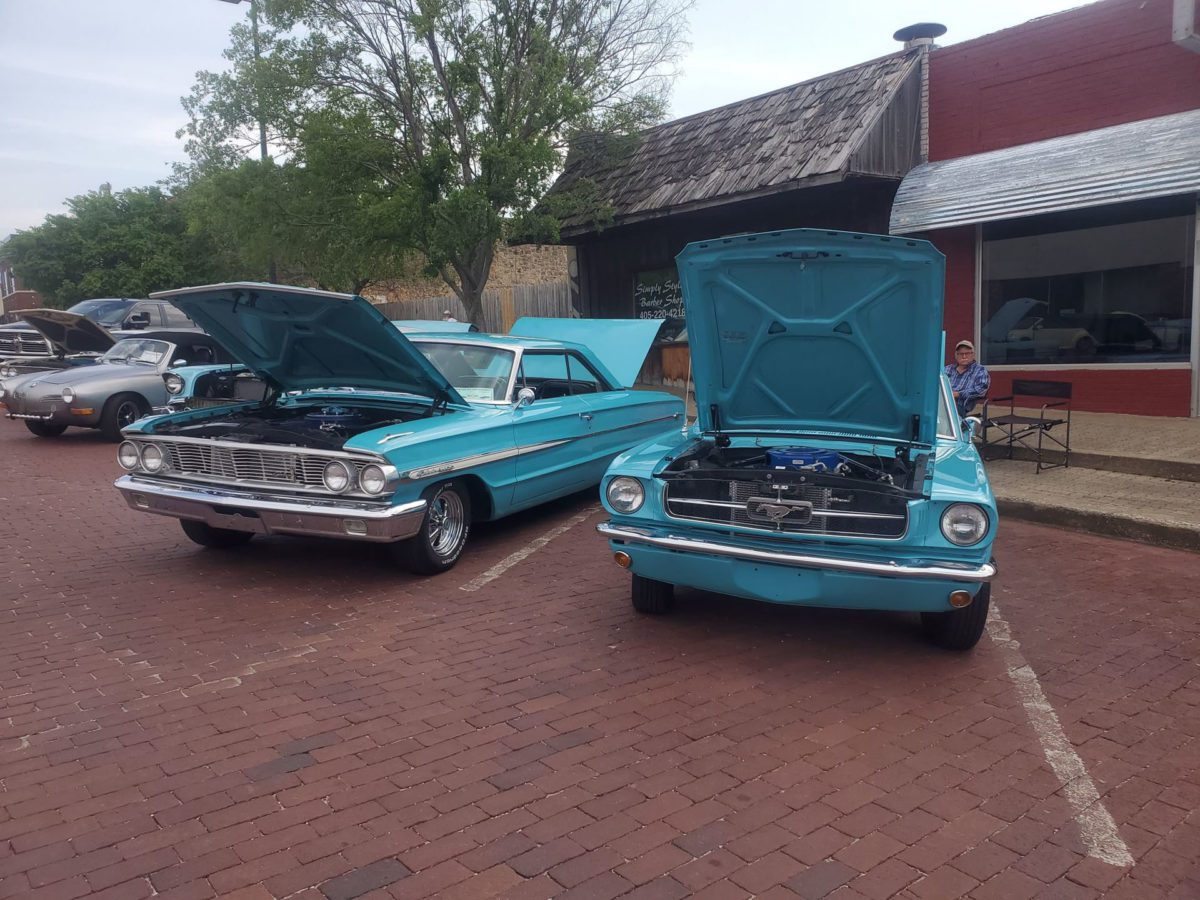The ’20s roared especially loud in Seminole, as one of Oklahoma’s greatest oil booms turned the town into a raucous, rowdy and often lawless place, where the population swelled to 40,000 at one point.
Nearly a century later, Seminole is a bit smaller and certainly a lot quieter, but nevertheless, it offers its residents and visitors an inviting quality of life.
Along the way, Seminole sent its native son David L. Boren into the world, first to represent the city in the Oklahoma legislature before becoming governor, U.S. senator and, for nearly 25 years, president of the University of Oklahoma.
Originally named Tidmore and located a few miles to the southeast, Seminole is ten miles south of Interstate 40, about 85 miles southwest of Tulsa and 55 miles southeast of Oklahoma City. The 2020 U.S. Census shows the population at just over 7,100. It’s the largest city and arguably the business hub of Seminole County, which encompassed the original Seminole Nation after the tribe was forcibly relocated from the southeastern U.S.
“We try to keep quite a bit going on,” says Amy Britt, the executive director of Seminole’s Chamber of Commerce.
The City of Seminole’s website explains that the 1926 oil strike brought “an influx of people, as Black Gold flowed from nearby wells nonstop, while hotels and businesses sprung up everywhere.” According to the Oklahoma Historical Society, at that time Seminole lacked adequate streets and quickly became a morass of mud as cars, trucks and heavy equipment rolled into town.
Perhaps epitomizing Seminole’s post-oil-boom transformation into a viable, livable city are the establishment of Seminole State College and the Jasmine Moran Children’s Museum.
Located at the city’s northwest edge, SSC has its own unique evolution. Once part of the local school system with classes in the high school building, it became a separate institution in the late 1960s. First supported by a one-cent local sales tax approved by Seminole voters, the college eventually became a fully-funded part of Oklahoma’s higher education system.
Today, the college’s 15-building campus offers two-year associate’s degrees for students planning to transfer to four-year colleges and for students intending to enter the workforce directly.
The Jasmine Moran Children’s Museum was established by longtime oilman and former mayor Melvin Moran and his wife, Jasmine, who visited a similar museum with their grandchildren in Michigan. It opened in 1993, and museum president and CEO Marci Donaho says it has attracted more than 1 million visitors from 77 countries.
The 42,000-square-foot museum covers 12 acres and features child-friendly, hands-on exhibits, plus a miniature train. Donaho says the museum’s continued success speaks to the city’s quality of life.
“How many towns our size have a successful children’s museum?” she asks.
While the oilfield boom days are long gone, petroleum remains a significant part of the local economy.
“Not necessarily drilling, but other kinds of things that use oil products,” says Britt, such as pump supply operations and drill bit sharpening.
The city also operates the 39,000-square-foot Donald W. Reynolds Wellness Center, offering fitness classes and recreational services, plus a walking trail and athletic fields.
The city-owned, two-mile-long Sportsman Lake east of Seminole is one of Oklahoma’s treasured and most scenic fishing spots.






















